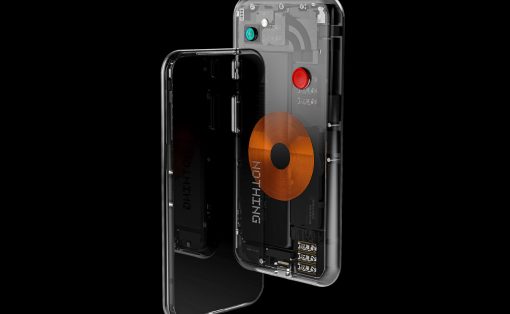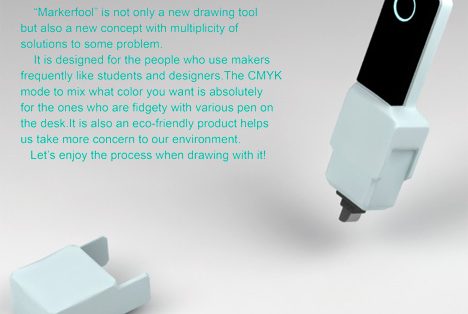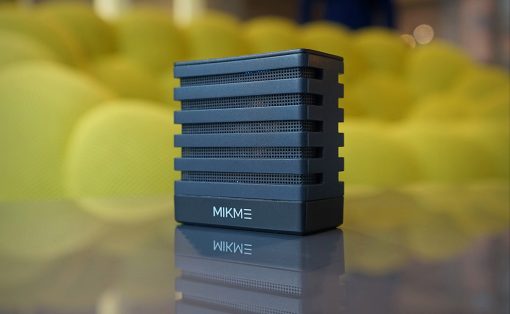When people think of musical instruments, they most probably think first of traditional ones like guitars, pianos, and violins. These days, music can come from a wide variety of sources, sometimes generated by unexpected things, like the flow of fluids in plants. There is going to be some debate on whether these random arrangements of tones can qualify as “music,” but there will be little argument that the sequences they produce can be melodic and even pleasant. Plus, the way they’re generated can be just as interesting as the sounds they make, like this drum-like cylinder that produces a curious mix of synth tones by moving magnetic balls and objects around its surface, almost like playing with marbles and sticks.
Designers: Nicola Privato, Giacomo Lepri
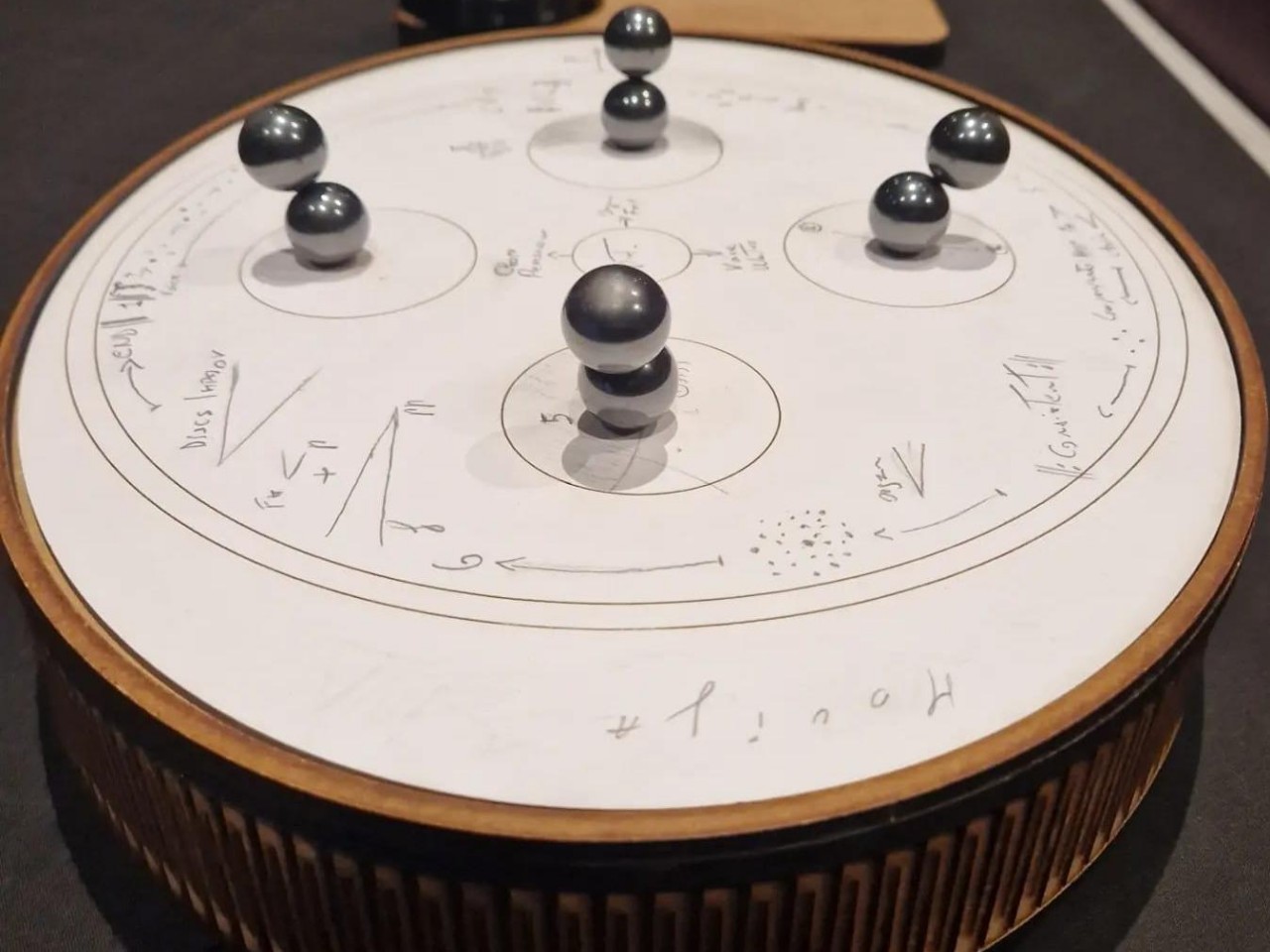
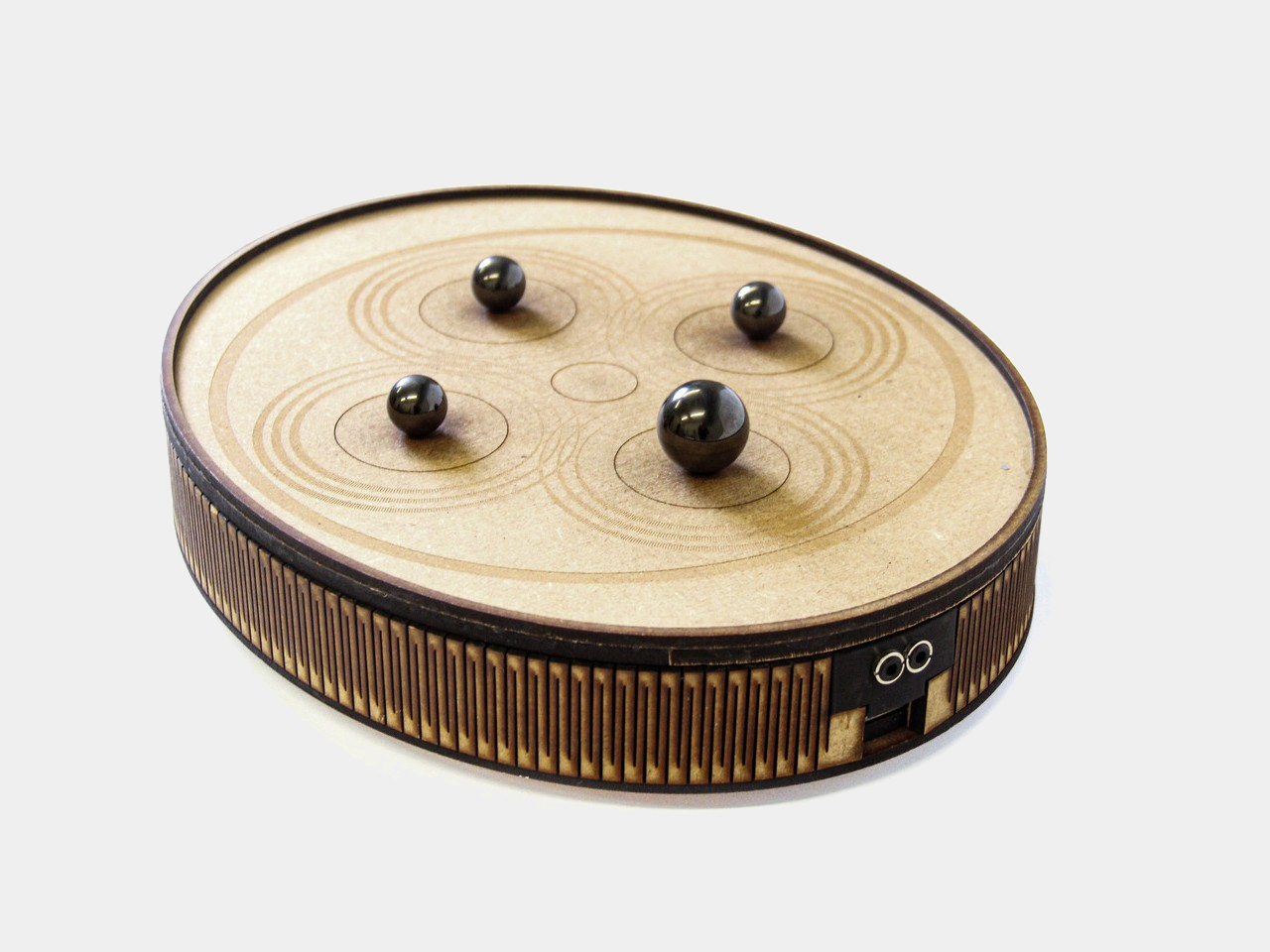
Thanks to modern electronics, software, and a bit of AI, it’s nearly possible to use any phenomenon to generate different kinds of sounds and combine them in a harmonic way. This opens up a world of possibilities in how instruments can be designed, from passive sources like the biological processes of plants to more actively controlled machines with knobs and sliders. Stacco is an experimental instrument that mixes these two, using magnetic forces influenced by objects in your hands.
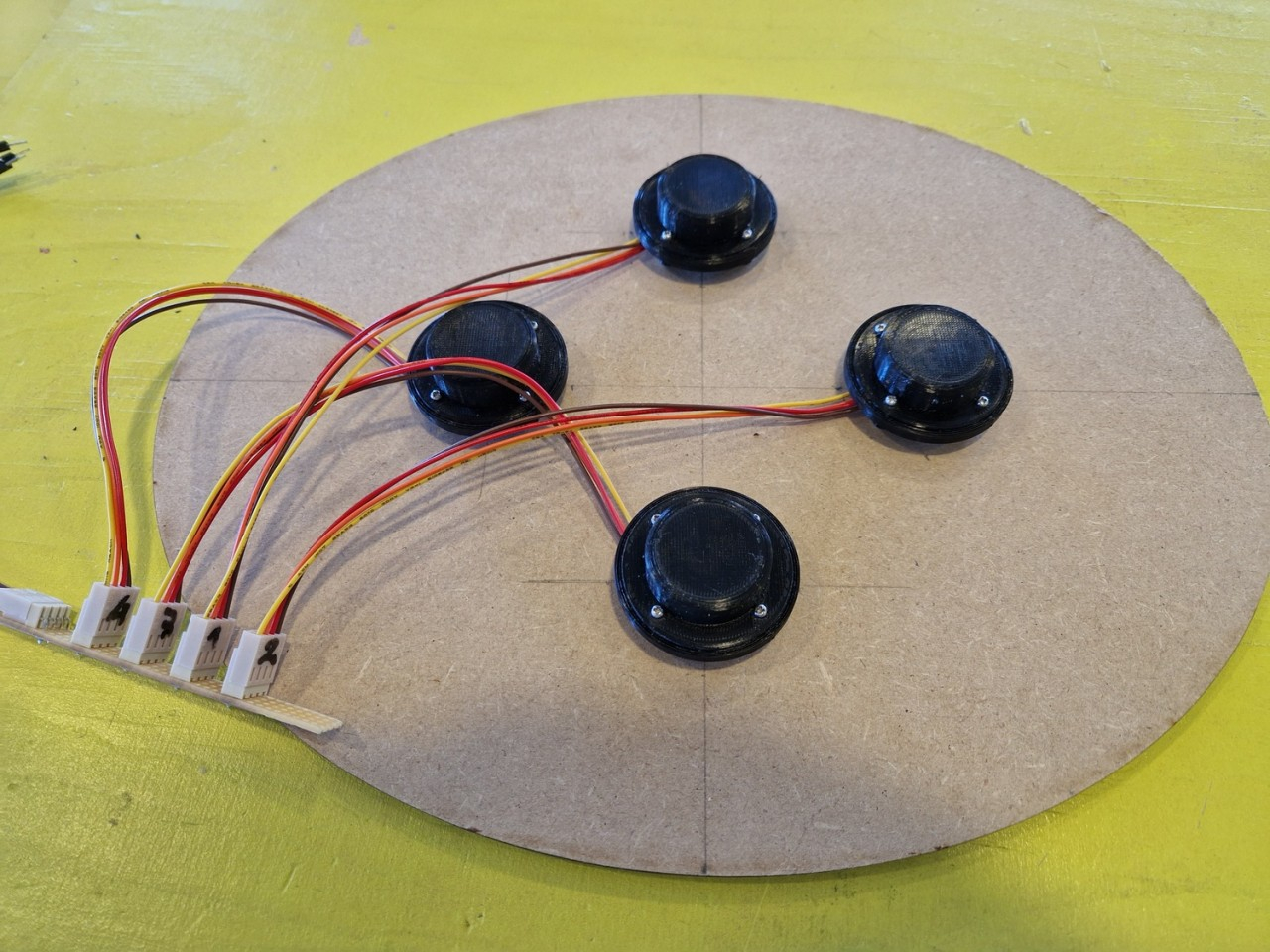
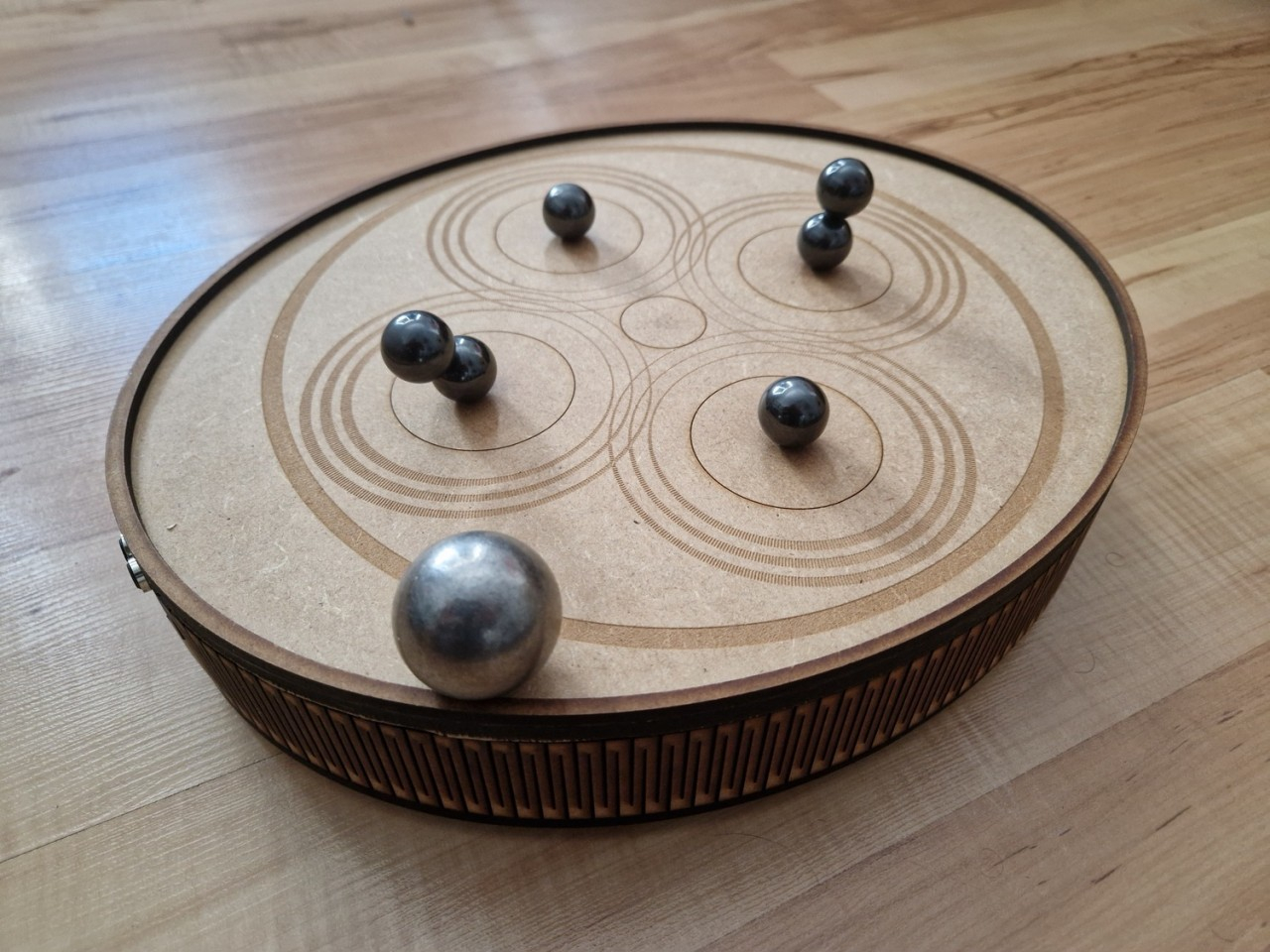
At the heart of Stacco, or rather beneath the surface, are four devices called magnetic attractors. These can detect the changes in the magnetic fields around them, which is then processed by artificial intelligence called Neural Audio Synthesis into sound or data that can further be manipulated into music, mostly of the synth type. What makes Stacco interesting is that you can use a variety of objects to affect these attractors as long as they generate some amount of magnetic field.
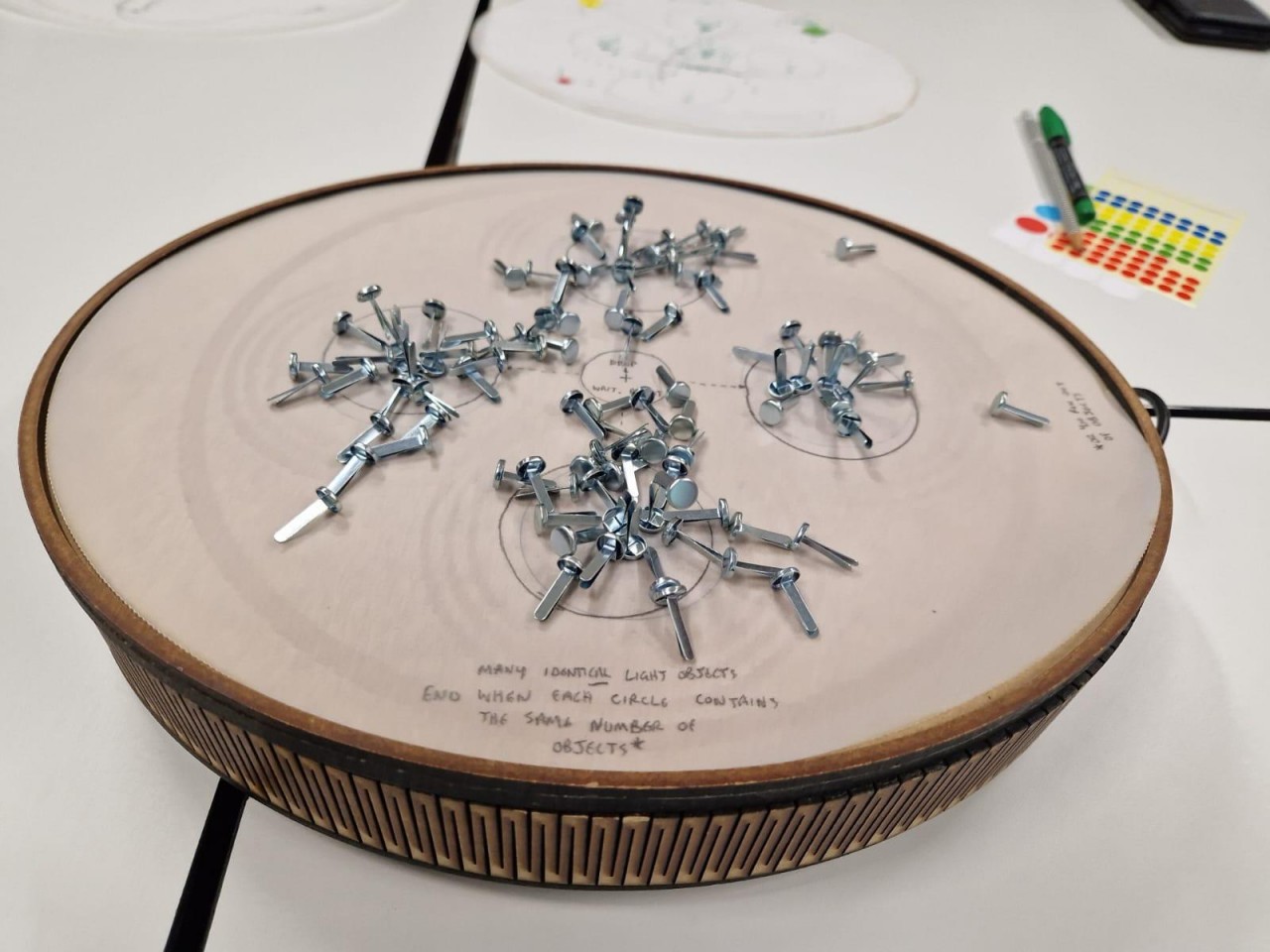
You can, for example, push or roll around four magnetic marbles to produce sound. Ferromagnetic objects like nails, rods, and rings can also be used to “push” the magnetic fields around. You’re not limited to just moving the balls on the surface of the drum-like instrument either. To some extent, you can also pick and drop objects to have the same effect, though probably on a smaller or weaker scale.
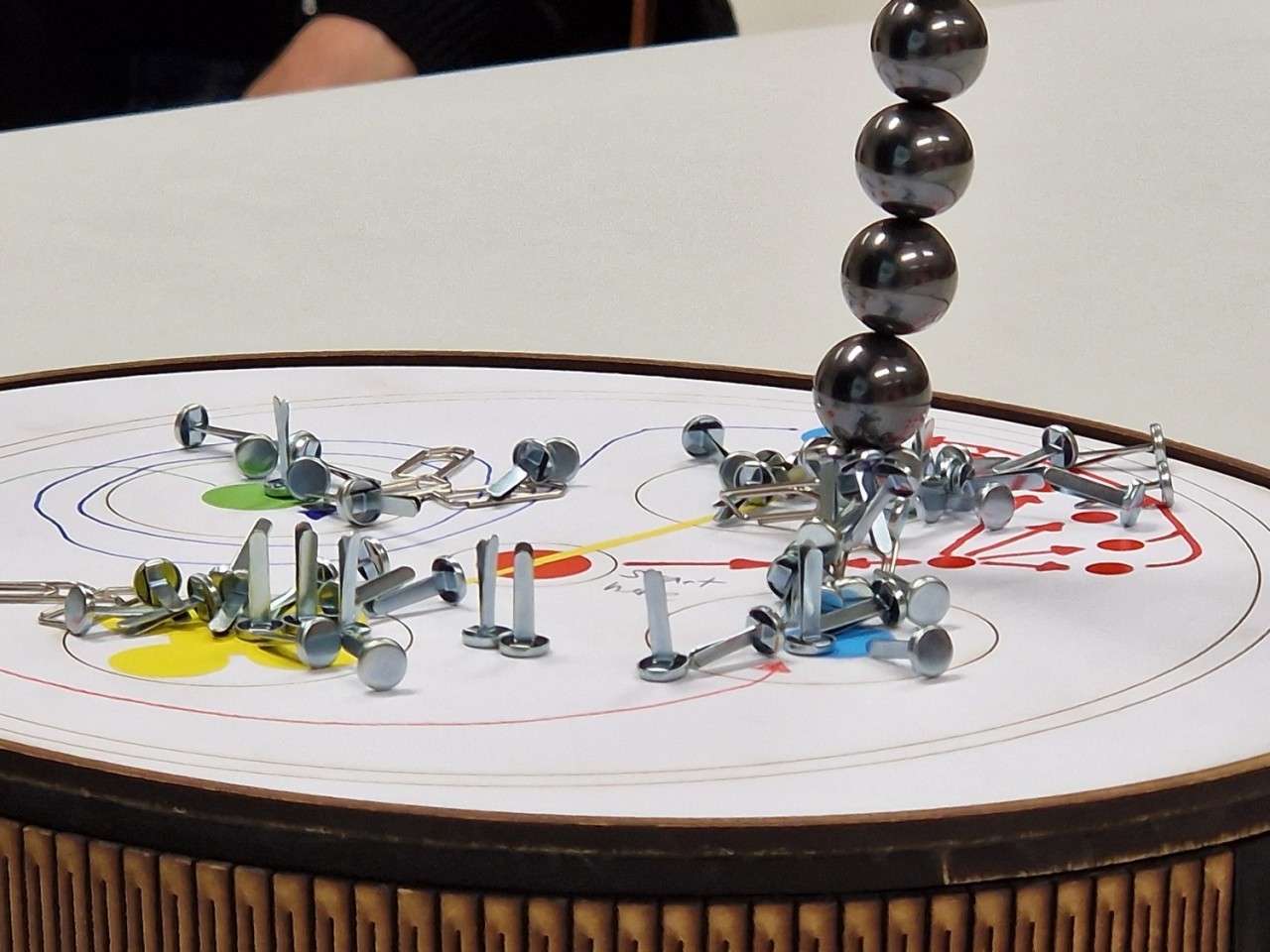
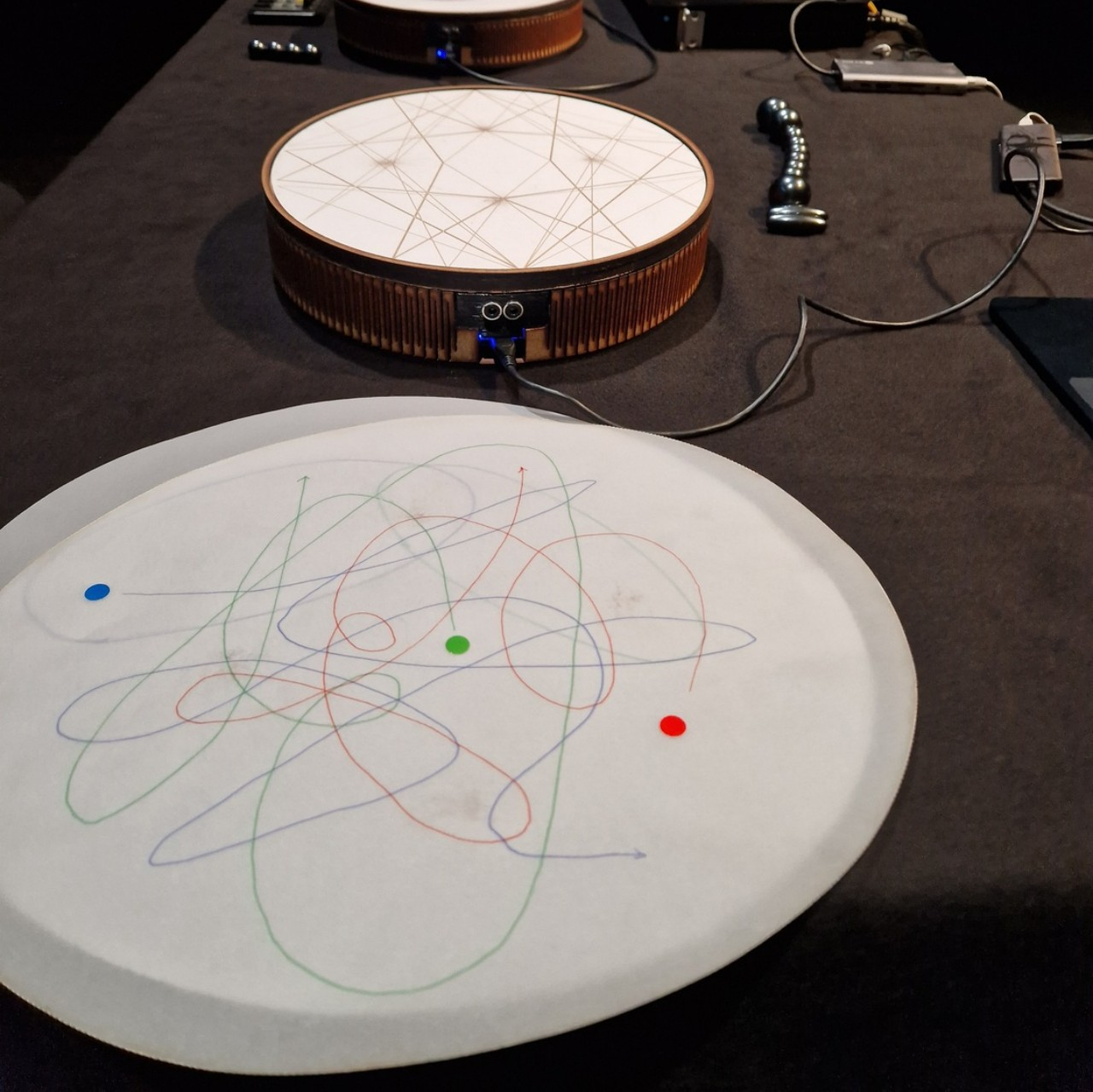
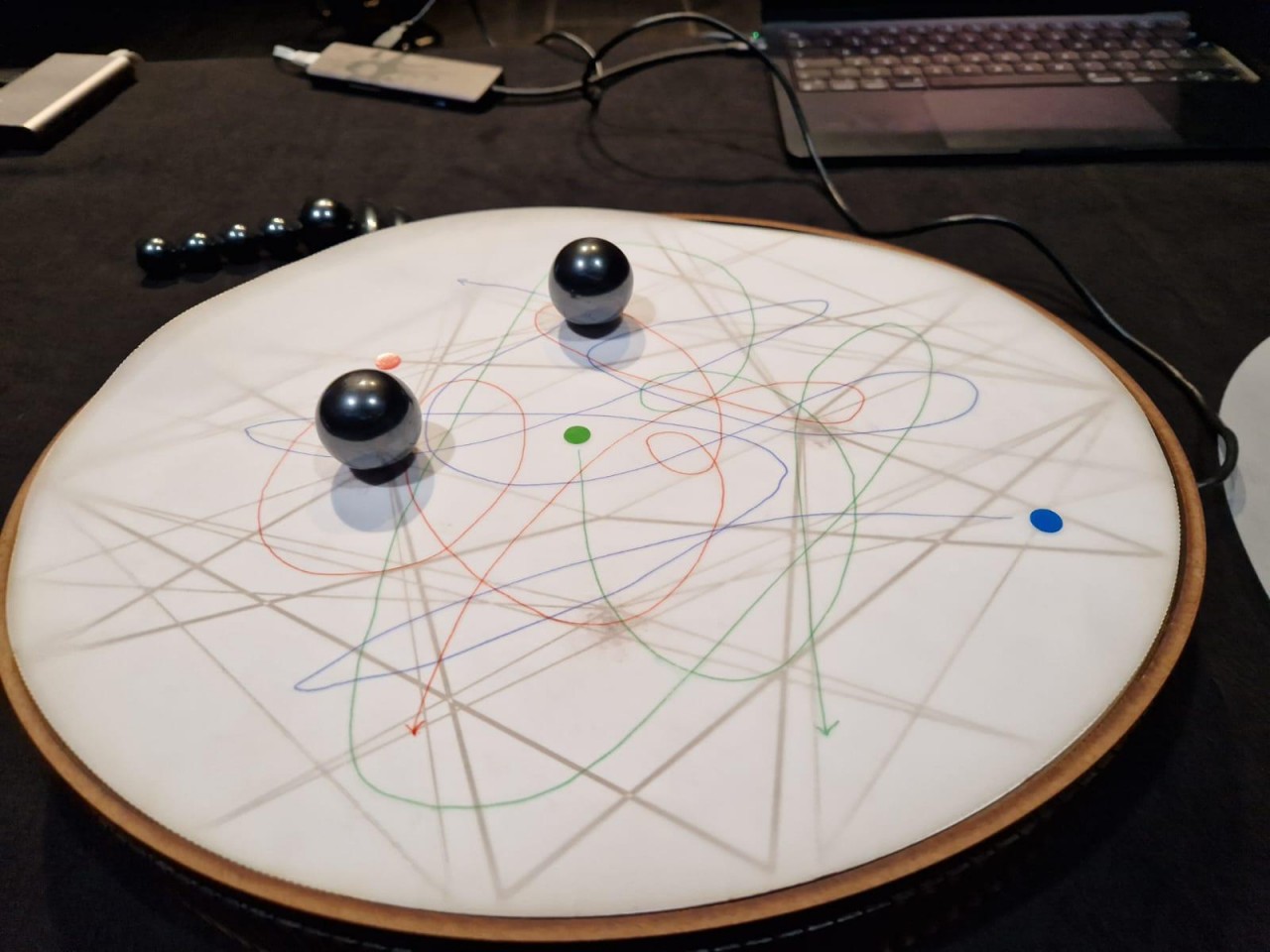
This odd musical instrument not only offers a more interactive experience, it also changes the way you can record or compose music. Since the tones are generated by moving objects across the surface, these can be noted down as lines, circles, and other figures that can result in beautiful geometric patterns. Musicians can then just simply trace those lines to recreate the same musical score or simply let it guide their hands to create variations and discover new melodies in the process.
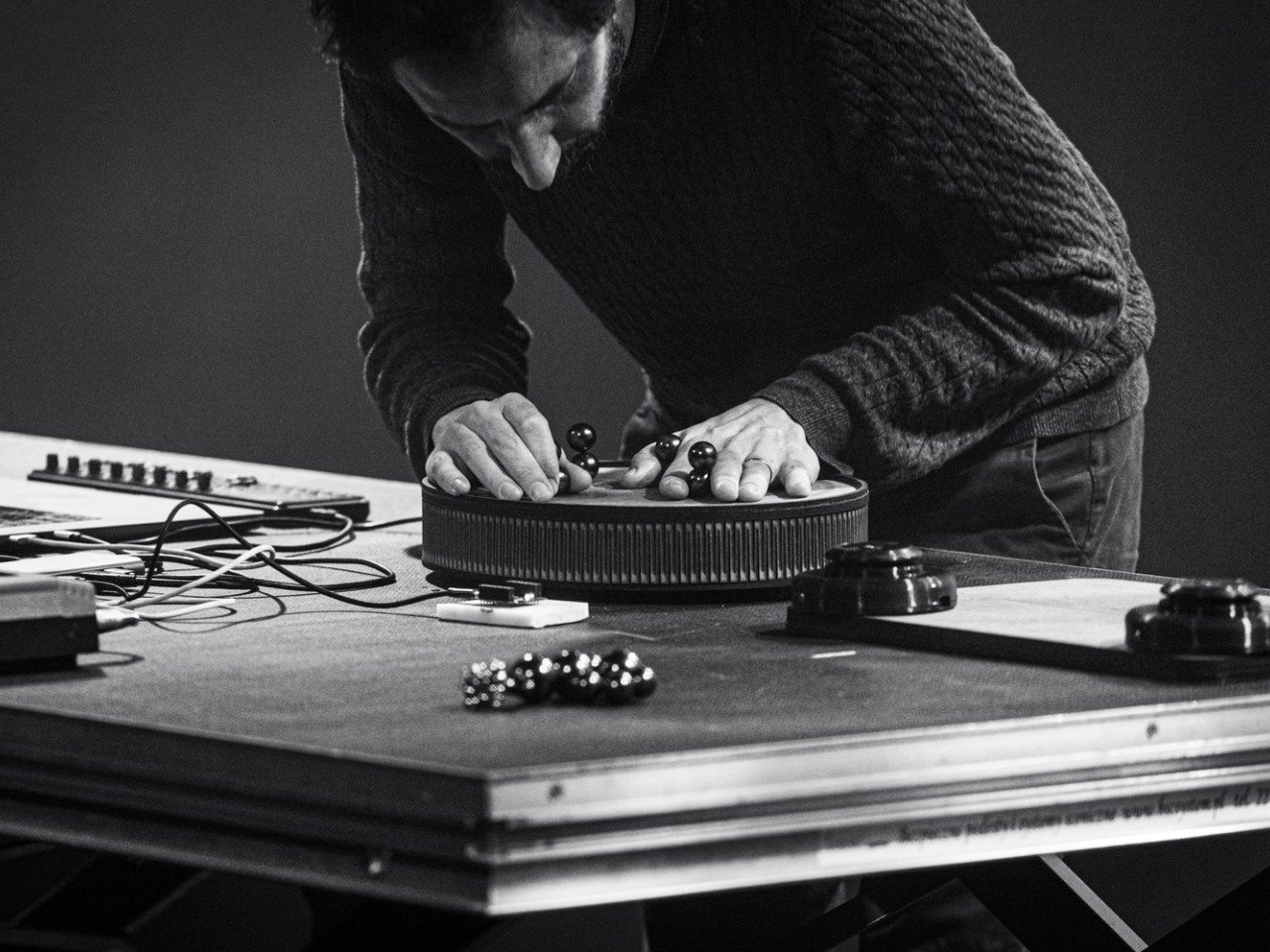
fot. Marta Zając-Krysiak



